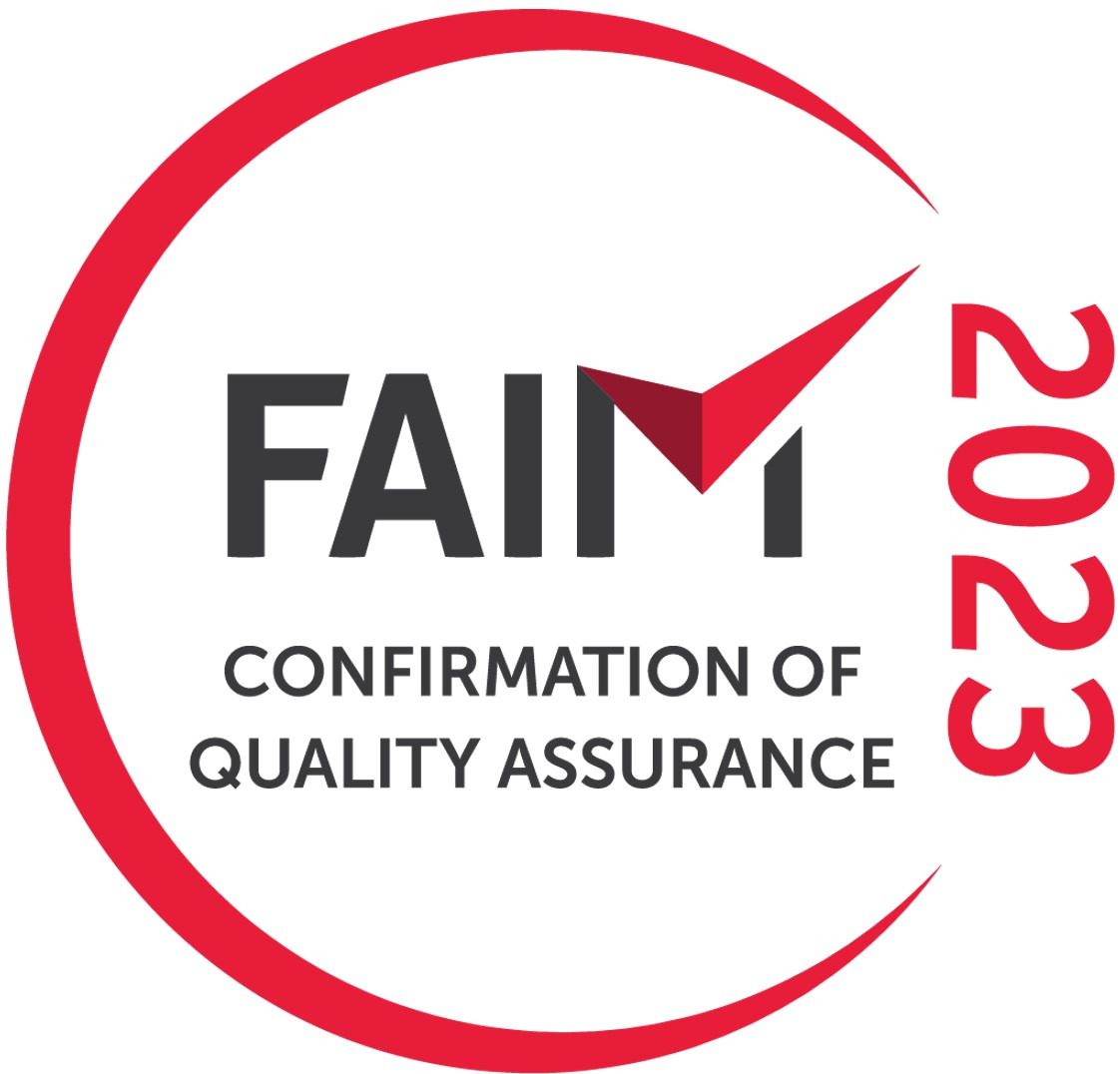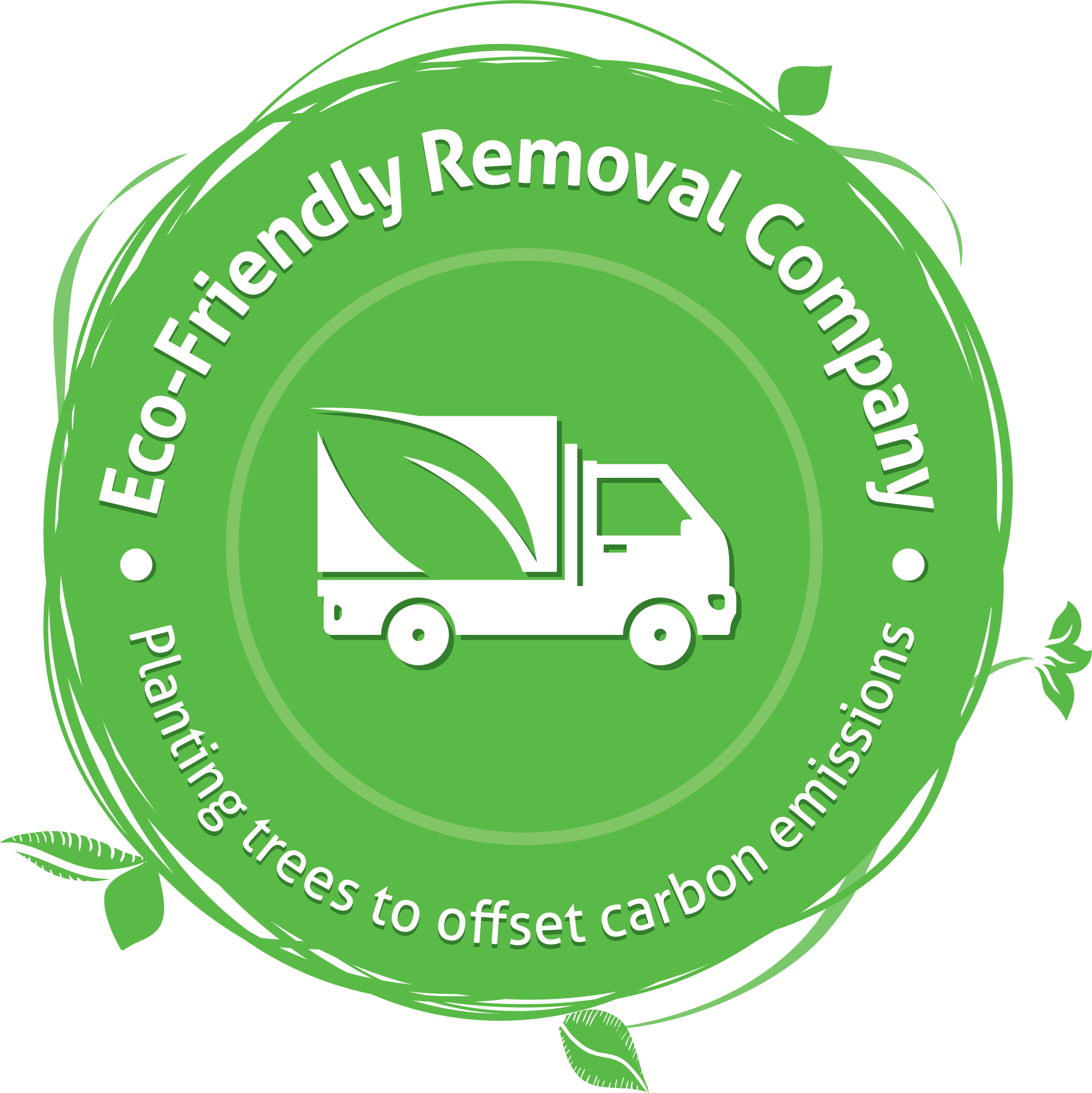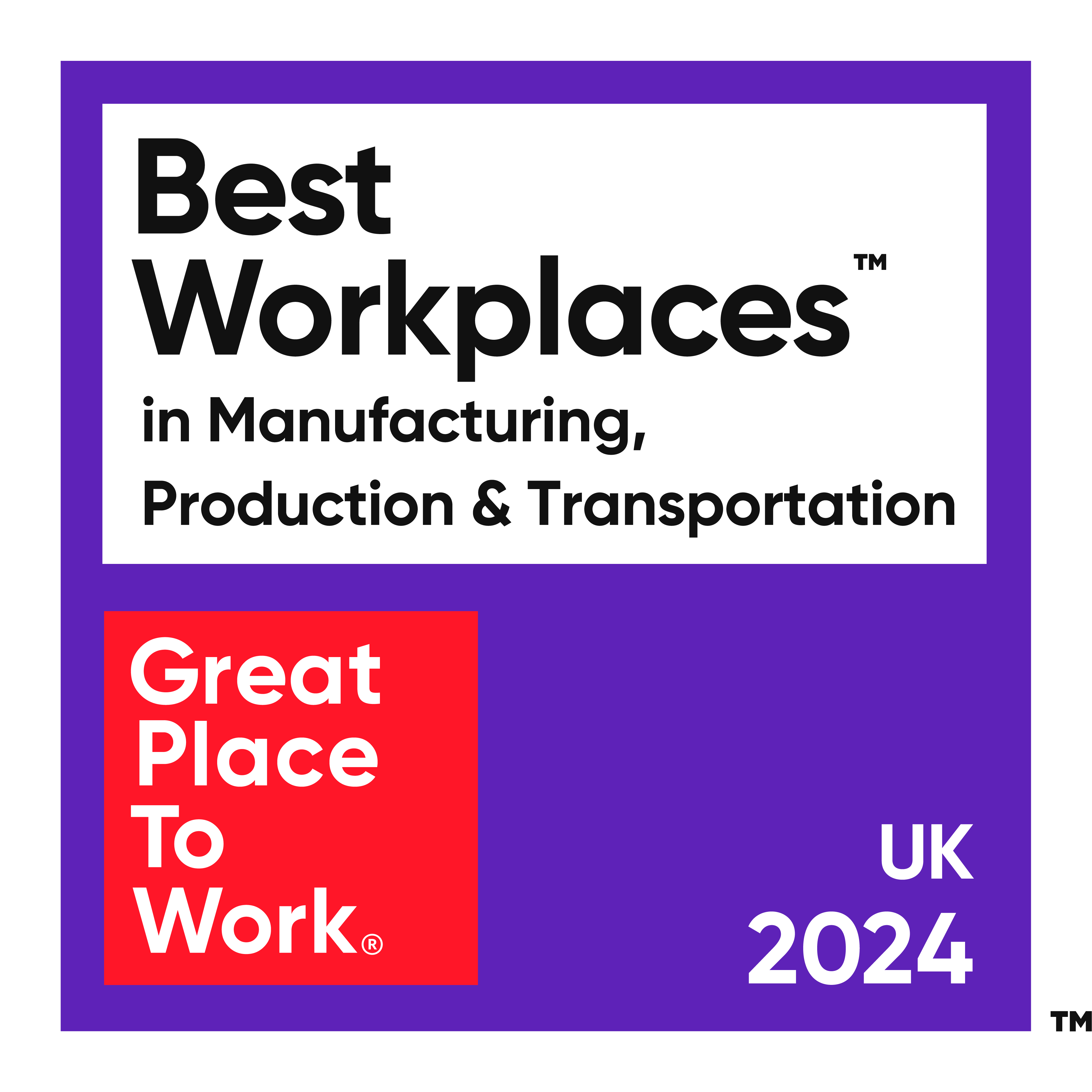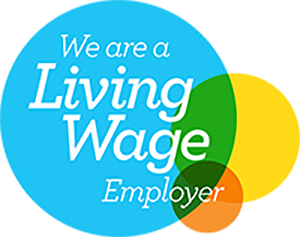The classic image of smiling faces sipping beers on sundrenched beaches is still an appealing prospect, yet it is Australia’s strong, stable economy and high quality of life that is attracting a new generation of savvy expats. If you’re one of the thousands of potential expats considering a life down under, don’t be put off by the paperwork. Applying for a visa is a relatively straightforward process and the first step is to find out which visa you may be eligible for. There are many different types of Australian visa, to find out which best suits your skills and needs, here is our guide to the most widely used visas to work, study and live in Australia.
Visitor Visas
If you’re considering moving to the other side of the world, chances are you’ll want to explore the country before taking the leap. With so much to consider from finding a home to finding a job, a planning trip is essential. Getting a visa for a short-term visit is a relatively simple process. Most British citizens and other EU residents can apply for an eVisitor visa for free online which entitles you to visit Australia for up to three months. For those who don’t meet the requirements for the eVisitor visa, the standard Visitor visa is available to tourists from almost anywhere in the world, although there is a fee of between 135 and 350 Australian Dollars.
If you are aged between 18 and 30, you can travel and work in Australia for up to a year with a Working Holiday visa. This visa is available to all young people providing you hold a passport from a country eligible for the scheme (such as the UK) and do not plan on travelling with a dependent child.
Work and Skills Visas
Once you’ve experienced the Australian sunshine, laid back lifestyle and stunning seafront scenery, you may well be ready to make the move permanently. If you’ve decided to take the leap and live and work there long term, you will need to apply for the appropriate working visa. Depending on your skills and qualifications, there are several different types of Australian visa that allow you to work in the country.
There are various routes to working in Australia and several different visas, but the most common path for Brits wanting to move down under is the Skilled Temporary Worker (457) visa. This visa allows skilled workers to come and work for an approved Australian business, providing they meet a specific requirement that cannot be met by Australian citizens or permanent residents. It is valid for up to four years and you apply for it for inside or outside Australia. After two years, you can apply for permanent residency through the Employer Nomination Scheme.
The Employer Nomination Scheme (ENS/RSMS) is open to anyone who has been working in Australia with a 457 visa for over two years. Providing your employer is willing to nominate you and you are aged under 50 at the time of application, you are able to apply for permanent residency under the Temporary Residence Transition stream. You must also meet the qualification and English language requirements.
If you want to make the move permanent right from the start, the Skilled Independent visa may be an option. Eligibility is worked out on a points based system with credit awarded to those with particular skills and qualifications especially those needed to fill jobs on the Skilled Occupation List.
If you do not meet the points requirement for the more general list, you may be able to seek permanent residency through the Skilled Nominated visa. This visa allows individuals to apply for nomination from particular state and territorial agencies based on the regions particular skill requirements. You must first provide an expression of interest outlining your particular skills and qualifications that could be of use to an Australian state or territory and specify which territories or states you may be interested in moving to. If you are successful and receive a nomination, you will then need to detail where you will live before and after arrival in the region. You may also be required to live and work in your nominating state for a specified amount of time. You can find lists of each territory and state’s individual skills list on their websites to find out if you could qualify.
Study and Training Visas
While Australia is undoubtedly a wonderful place to surf, swim and soak up the sun, it is also one of the best places in the world to train and study. As a modern, flourishing nation with excellent universities and training providers, it is an easy choice for anyone wanting to improve their career prospects. For young Brits and Americans, Australia also offers the advantage of a shared language, a clear benefit when learning and training.
If you wish to study at an Australian University, you first need to apply for a place at your chosen institution as an overseas student. Once you have gained a place and met the requirements to study for a bachelor degree, graduate certificate/diploma, masters degree by coursework or higher education diploma you can then apply for a Higher Education Sector visa. This allows you to live and study in Australia for the duration of your course.
You can also apply to study for a postgraduate course such as a masters degree by research or a doctoral degree. Again, you must first gain a place at your chosen institution then apply for a Postgraduate Research visa which will allow you to stay and study until you have completed the course. With both Higher Education and Postgraduate Research visas, you are permitted to work during designated holidays and up to 20 hours per week during term time if you need to support yourself financially while studying.
Family and Spousal Visas
Naturally, if you are planning on living and working in Australia, you will want your family to come and enjoy the sunshine lifestyle with you. In most cases, it is reasonably simple and easy for partners and children to join anyone eligible to work in Australia.
If you are the spouse or de facto partner of an Australian citizen or permanent resident, you can apply for a Partner visa. You must first apply for a provisional (309) visa before you travel to Australia. Once you have lived with your partner in the country for around two years, you can then apply for a permanent (100) visa which allows you to remain indefinitely.
If you intend to marry an Australian citizen or permanent resident soon after arriving in Australia, you can apply for a Prospective Marriage visa. Providing you marry within nine months of moving, you can then stay and apply for a partner visa.
Dependent children can also join any Australian permanent resident or citizen. A Child visa permits any dependent offspring under 18 years old to come and live with their eligible parent on a permanent basis. Children adopted or in the process of being adopted by a citizen or permanent resident can also travel to Australia on an Adoption visa.
If you are not yet a permanent resident, but traveling on a Skilled Temporary Worker visa, you may also be able to bring your family with you. If your sponsor is willing to include your partner and children on your visa, they can live, work and study in Australia for the duration of the visa.
There are several other types of Australian visa covering more specific situations such as humanitarian need or specific business travel, for a full list visit the Australian Borders Authority website.
If you’re eligible for one of the many types of Australian visa and are ready to make the move down under, you can find out more about life in Oz, check out our destination guide.
















